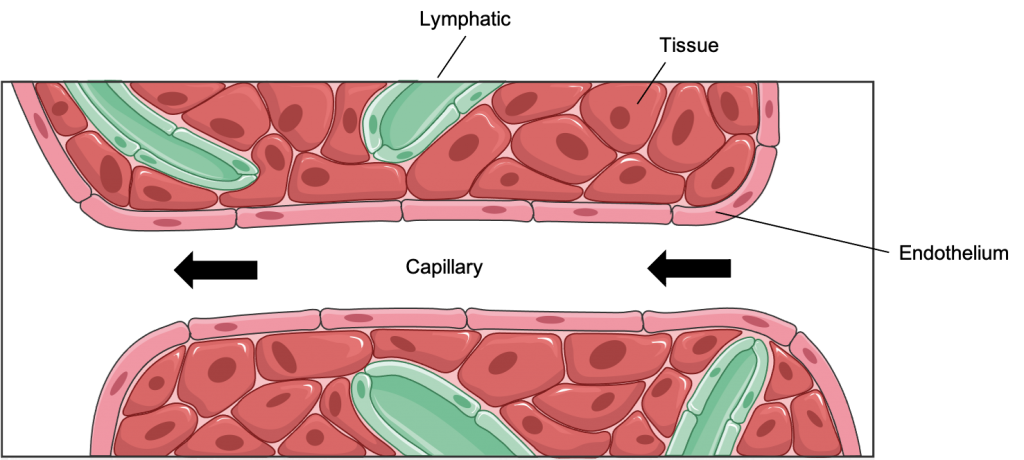Cardiovascular Physiology and Pathophysiology
-
Physiology
Structure and Function4 Topics -
Lymphatics and Edema Formation
-
The Microcirculation
-
Vascular Control3 Topics
-
The Cardiac Cycle
-
Determinants of Myocardial Performance7 Topics
-
Neuro-Control of Heart and Vasculature4 Topics
-
Electro-Mechanical Association4 Topics
-
Electrical Side of the Heart4 Topics
-
PathophysiologyDefining Heart Failure
-
Causes of Heart Failure
-
MVO2 and Heart Failure
-
Cardiac Output and Heart Failure7 Topics
-
Compensation for Circulatory Failure
-
Vascular Tone in Heart Failure
The Microcirculation
The components of the microcirculation
The microcirculation is the site of gas, nutrient and metabolite exchange. It includes:
- The small arteriole
- The capillary
- The small venule
What are the transcapillary exchange mechanisms?
Diffusion:
The movement of solutes occurs down a concentration gradient utilizing micropores or clefts between adjacent endothelial cells in the capillary wall
Pinocytosis:
It is the main route for the flow of plasma proteins into the interstitium since capillary pores are too small to allow their passage. Pinocytosis involves the invagination of the capillary endothelial cell membrane to form an intracellular vesicle that contains plasma including plasma proteins. These vesicles cross the capillary endothelial cell from the blood stream side to the interstitial fluid side. The vesicles fuse with the outer membrane of the capillary endothelial cells and discharge their contents into the interstitial space.
Ultrafiltration:
Involves the movement of fluid as determined and discussed previously under the influence of Starling Forces.


